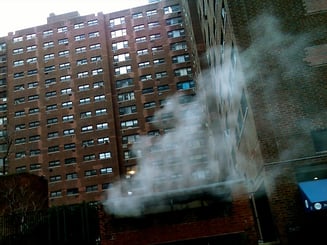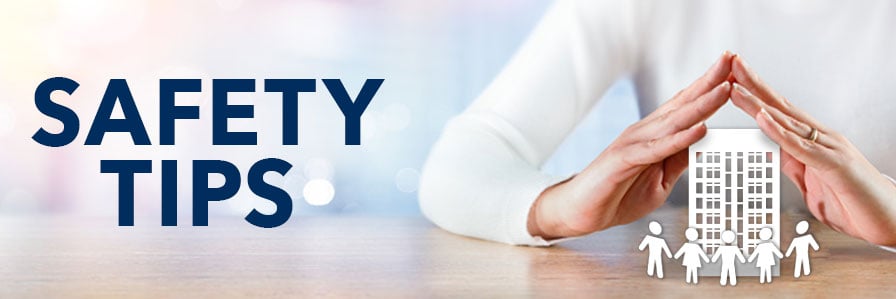Carbon Monoxide in the News: Six apartment residents were rushed to a hospital after a carbon monoxide leak was reported at the complex. Emergency responders were called to the scene after a mother noticed her small child was unconscious. After discovering large amounts of CO in the air, paramedics and police officers inspected the entire building and discovered dozens of people exhibiting signs of carbon monoxide poisoning.
Luckily people were evacuated in time and no fatalities were reported. An investigation of the building revealed a faulty heater as the culprit. The building owner was fined for failing to provide adequate CO detectors throughout the apartment complex.
What is Carbon Monoxide?
Carbon monoxide (CO) is a non-irritating, odorless, colorless, and tasteless gas produced when materials containing carbon are burned. Typical sources for carbon monoxide include cars, trucks, boats, stoves, appliances, heating systems, wood and coal burning sources, and anywhere else there may be combustion. When these fumes are produced in enclosed spaces the effects and spread of CO are greatly increased.
Carbon Monoxide Poisoning Statistics
According to the Centers for Disease Control, over 50,000 people are treated annually in the emergency room for carbon monoxide exposure. An estimated 430 people die every year from CO poisoning. Most of these incidents occur in the colder winter months.
What are the Symptoms of CO Poisoning?
There are numerous symptoms of carbon monoxide poisoning, but affected individuals will often display them slowly. It is important to be able to recognize the symptoms because if a CO leak has occurred it is vital to act quickly. Some of the most common symptoms of carbon monoxide poisoning include:
- Nausea
 Vomiting
Vomiting- Fatigue
- Dizziness
- Headaches
- Weakness
- Confusion
- Chest pain
- Loss of consciousness
- Respiratory problems
- Death
- Neurological problems
Safety Tips
There are many methods that can be used to prevent carbon monoxide leaks and subsequent poisonings. Some of the most important methods include:
Buying, Installing, and Testing CO Detectors
Carbon monoxide detectors are the best defense against CO poisoning and should be in every building. While these devices provide great protection by sounding an alarm once unsafe levels of CO are detected, there are many instances of them failing due to improper maintenance. To ensure a carbon monoxide detector works effectively it is important to adhere to the following recommendations:
- Make sure CO detectors are properly installed according to the manufacturer’s specifications
- Do not block detectors with furniture, drapery, or other objects
- Do not place CO detectors in corners due to lack of air circulation
Take all CO Alarms Seriously
It is important to act quickly once a carbon monoxide detector goes off. One of the symptoms of CO poisoning is a loss of consciousness, meaning you could potentially pass out before safely evacuating causing even more severe symptoms and even death. If you hear a CO detector go off it is important to do the following steps:
- Quickly check the detector to make sure it is not your smoke detector and that it is not going off to alert you to change the batteries.
- Do a complete facility-wide sweep to see if anyone is exhibiting the symptoms of CO poisoning. Make sure to thoroughly check all areas since CO can cause loss of consciousness someone could have passed out before the alarm sounded.
- If you or anyone is suspected of suffering from CO poisoning evacuate them from the facility immediately and seek immediate medical attention.
- If no one is experiencing any visible symptoms of CO poisoning, vent the building by opening all doors and windows and turn off all potential sources of carbon monoxide including furnaces, water heaters, ovens, dryers, space heaters, and any other engines. If the alarm does not go off contact a certified technician to inspect and correctly identify the source of the CO.




